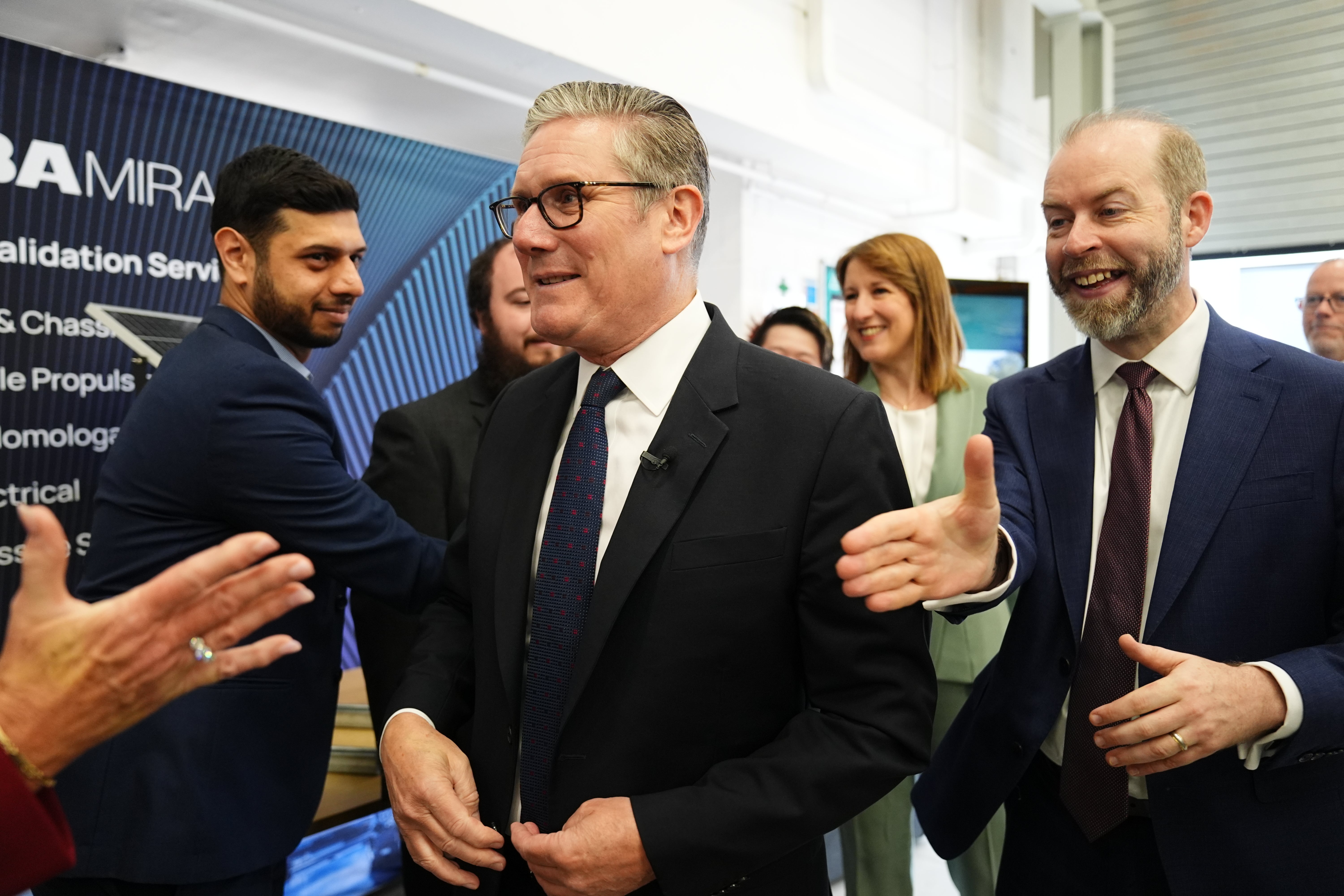After a week of rapidly escalating tensions in the Middle East, the West is gearing up for what could be the most significant Nato summit since the Cold War.
Downing Street has insisted that the tone of the summit hasn’t changed, saying it is “focused on what it has been focused on all along: the commitment to step up across the board” on defence.
But with a fragile ceasefire having been agreed between Israel and Iran, and the looming backdrop of the ongoing war in Ukraine, Sir Keir Starmer is desperate to demonstrate that Britain is a leader in Nato.
Unfortunately for the beleaguered PM - who is keen to score some points on the global stage - it is unlikely that many watchers will be looking his way. Instead, all eyes will be on Donald Trump.

After launching midnight strikes on three nuclear sites in Iran over the weekend and bullying Nato allies into agreeing to spend 5 per cent of GDP on defence, the volatile US president was on Monday celebrating what he described as a “complete and total ceasefire” between Iran and Israel.
Meanwhile, Starmer will be attempting to regain control of the narrative after being blindsided by Trump’s decision to launch the strikes.
The dramatic military intervention came despite the US president offering a two-week window for diplomacy and Sir Keir’s repeated calls for de-escalation. Embarrassingly, the prime minister said he had “no doubt” that Trump would support this sentiment.
Nato allies will now be holding their breath as they wait to see what the US president does next – and whether he even shows up to the Hague. While Trump is currently expected to attend, there remains a chance he stays in the US and takes yet another opportunity to punish the alliance for what he sees as a failure to spend enough on its own defence.
If he shows up, this will be Trump’s first Nato meeting since securing a second term. The US president has spent months criticising its members for failing to pay their fair share when it comes to global defence - and even threatening to quit the alliance.
After months of pressure, Nato is this week expected to finally up its defence spending target to 5 per cent of GDP.
In an attempt to appease the UK’s closest (and most challenging) ally on the eve of the summit, the PM confirmed his intention to commit to this target by 2034.
Sir Keir said the funding would allow Britain to “navigate this era of radical uncertainty with agility, speed and a clear-eyed sense of the national interest”.
However, there is almost zero detail on how we would reach such an ambitious target.
His spokesperson said more information would be laid out at the summit. But given the government was unable to commit to spending even 3 per cent of GDP on defence by 2034 earlier this month – or say how it would be paid for - it appears unlikely that they will have anything close to a funded plan to hit 5 per cent just two weeks later.
Regardless, there are big questions to be answered, or avoided, in the Hague this week.
But its not just Britain - Spain is said to have agreed a deal with Nato that exempts it from the 5 per cent target. Meanwhile, Portugal is already falling well short of the current 2 per cent target. Belgium and Italy - which are running high budget deficits - don’t seem to have any obvious way to raise the extra funds.
This week’s summit presents an existential test for Nato. If its members fail to persuade Trump they are committed to pulling their weight, it could be catastrophic for the alliance. But even if they are successful, there is no telling what the unpredictable US president will do next.







